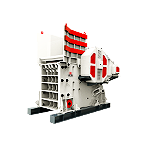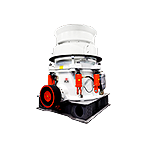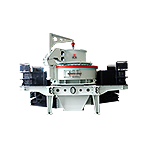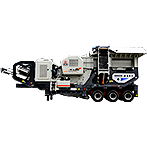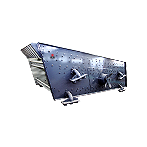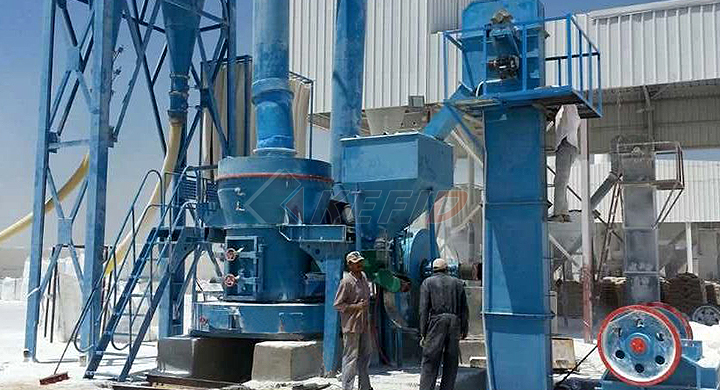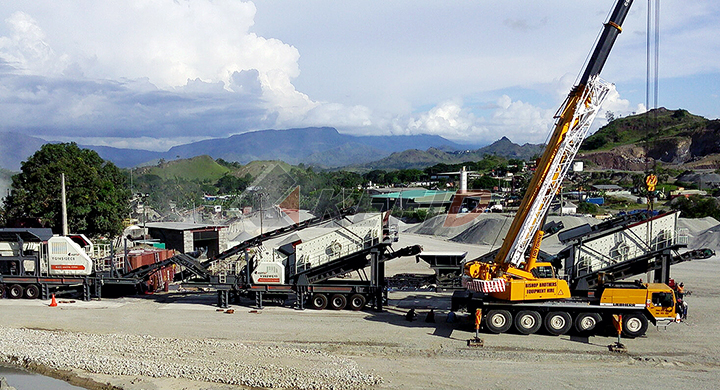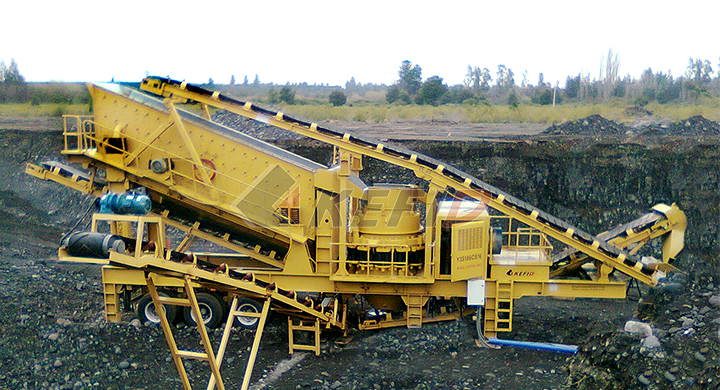магазин
approach to soft and hard materials during fine grinding after sectioning
KEFID,Дробильно-сортировочное оборудование Китая высокого качества, стандартное дробильное оборудование. На протяжении более 30 лет мы занимаемся исследованиями и разработками и производством дробильного оборудования, дробления зданий, промышленных дробилок и экологически чистых строительных материалов, и предлагаем профессиональные решения и дополнительные продукты для создания ценность для клиентов.
Онлайн сообщение
approach to soft and hard materials during fine grinding after sectioning

Metallographic grinding and polishing insight | Struers
Fine grinding produces a surface with little deformation that can easily be removed during polishing Because of the drawbacks with grinding papers, alternative fine grinding composite surfaces are available, in order to improve and facilitate fine grinding, A high material removal rate is obtained by using grain sizes of 15, 90 and 60 µmThe fine grinding characteristics of hard materials such as synthetic diamond and alumina were investigated by means of an attrition mill The grinding kinetics approach was successfully applied to the analysis of product size distributions obtained under various process conditionsFinegrinding characteristics of hard materials by

Serial Sectioning Method in the Construction of 3D
Aug 01, 1998· For example, in Table 2, it can be observed that very little material was removed near indent 1 compared with the other indents during grinding and polishing in the fifth step and during grinding in the sixth step This implies harder material near indent 1 in this layerIn sequence, the steps include sectioning, mounting, course grinding, fine grinding, polishing, etching and microscopic examination Specimens must be kept clean and preparation and a soft wheel for sectioning harder material A 90o between stages while the grinding angle must be held constant during the grinding at any one stageExperiment: Metallography Specimen Preparation and

LAPPING & GRINDING
grinding step is one or two grit sizes smaller than that used in the preceding step, which removes the surface deformation induced by the former coarser grit The depth of surface damage decreases with the abrasive size and so does the sample removal rate For a given size, the damage is greater for a soft material than for a hard materialusing CarbiMet® 2, 320 grit sized SiC grinding paper Grinding will remove the sectioning damage and establish a flat surface During this procedure, induced artifacts can occur so grinding time should be kept to a minimum Soft, ductile metals such as copper or solder can trap the abrasives that break off during grinding, but generally,Solar Cell Microstructural Analysis Buehler

Lab 4: Metallography Specimen Preparation and Examination
Cutoff wheels are indexed from hard to soft and are referred to by "grade" As a rule of thumb, a hard bonded wheel should be selected when sectioning soft stock, and a soft wheel for sectioning harder material A reasonable amount of wheel pressure must be applied so the abrasive grains will "bite" and remove the metal in fine chipsFor extremely brittle materials, finer abrasives are required to minimize and manage the damage produced during sectioning Sectioning with a fine abrasive wafering blade is often the only way that a specimen can be cut so that the final polished specimen represents the true microstructureWafer Cutting Blades Metallography

Physical Metallurgy Lab
150 mesh Grinding should be done sequentially starting from the coarser one to finer one A satisfactory grinding sequence might involve grit sizes of 180, 240, 400 and 600 mesh The purpose of grinding is to remove the oxide layer or damaged layer or uneven surfaces that might have formed during last sectioning operationgrinding step is one or two grit sizes smaller than that used in the preceding step, which removes the surface deformation induced by the former coarser grit The depth of surface damage decreases with the abrasive size and so does the sample removal rate For a given size, the damage is greater for a soft material than for a hard materialLAPPING & GRINDING

Roles of Collagen and Periostin Expression by Cranial
Jul 11, 2011· To confirm the distribution of CNC cells during soft palate development, we performed Xgal staining of specimens from Wnt1cre;R26R mice After sectioning and staining at E145, we found that most of the palatal mesenchyme of the hard and soft palates was composed primarily of CNCderived cells (Fig 2A – D)The abrasive used for each succeeding grinding operation should be one or two grit sizes smaller than that used in the preceding step A satisfactory fine grinding sequence might involve SiC papers with grit sizes of 240, 320, 400, and 600 grit [P280, P400, P800 and P1200] This sequence is used in the “traditional” approachGrinding and Polishing Guide | Buehler

Lab 4: Metallography Specimen Preparation and Examination
Cutoff wheels are indexed from hard to soft and are referred to by "grade" As a rule of thumb, a hard bonded wheel should be selected when sectioning soft stock, and a soft wheel for sectioning harder material A reasonable amount of wheel pressure must be applied so the abrasive grains will "bite" and remove the metal in fine chips150 mesh Grinding should be done sequentially starting from the coarser one to finer one A satisfactory grinding sequence might involve grit sizes of 180, 240, 400 and 600 mesh The purpose of grinding is to remove the oxide layer or damaged layer or uneven surfaces that might have formed during last sectioning operationPhysical Metallurgy Lab

BUEHLER 2018 PRODUCT CATALOG Sectioning | Mounting
Precision Sectioning Blades for IsoMet™ Cutters, 05in [127mm] Arbor (qty 1) [Blade Thickness is listed under Part Number] Recommended Use 3in [76mm] 4in [102mm] 5in [127mm] 6in [152mm] 7in [178mm] 8in [203mm] Dressing Stick* 1000 1000 IsoMet High Use with Saws All All All IsoMet High IsoMet High Speed Pro only Speed Speed IsoMet 30HCThe preparation method, for medium to hard ferrous materials, eg heattreated steels, as shown in Table 4, consists of three steps After the initial grinding, utilizing the PlanarMet 300, a 9 µm coarse polishing is carried out using the Apex™ Hercules S rigid grinding discFast, Efficient and Repeatable Materials Engineering

Introduction to Ultramicrotomy | Learn & Share | Leica
During sectioning, the block face of the sample, from which the sections are cut, always remains a flat and straight surface which can be investigated with SEM When the sections are imaged in an array, then a 3D image can be reconstructed of the sample This approach is called array tomography (AT)Nov 24, 2010· Only one study has investigated the optimization conditions for hard materials (lactose and sucrose) in a lab scale airjet mill In this study, we used a model soft material, Pluronic® (Poloxamer), which are alkylene copolymers consisting of ethylene oxide and propylene oxide and have broad pharmaceutical applications (20–22) Pluronic® FMicronization of a Soft Material: AirJet and MicroBall

Optical Metallography ASM International the Materials
materials are relatively soft mounting materials, and the specimen in such a mount must often be surrounded by hard material, for example, hardened steel balls (Fig 1) This material helps retain the edges of the sample by maintaining a flat surface during grinding and polishing Ad ditional information on mounting techniquesState of the art serial sectioning studies of inclusion composites commonly combine optical microscopy with grinding and polishing [305,78,306], AFM with ultramicrotome cutting [303, 307] and SEMSerial sectioning methods for 3D investigations in

11: Materials and Processes for Cutting, Grinding
Abrasive—A sharp, hard, natural or synthetic substance used for grinding, finishing, or polishing a softer surface Airparticle abrasion —Process of removing material, contaminants, stain, or carious tissue by use of air pressure and abrasive particles appropriate for the substrate being treatedMay 16, 2018· Xray based virtual histology is an emerging technique that can provide high resolution 3D data sets of small tissue samples If combined with exvivo heavy ion staining protocols, even softXray based virtual histology allows guided sectioning of

SAMPLE PREPARATION FOR EPMA and Mayer
rule of thumb, hard bond wheels cut soft materials and soft bond wheels cut hard materials In order to minimise the depth of damage during sectioning it is recommended to follow the instructions of the manufacturers concerning the choice of abrasive wheel, lubricant/ coolant and operating conditionsDuring sectioning, the block face of the sample, from which the sections are cut, always remains a flat and straight surface which can be investigated with SEM When the sections are imaged in an array, then a 3D image can be reconstructed of the sample This approach is called array tomography (AT)Introduction to Ultramicrotomy | Learn & Share | Leica

Optical Metallography ASM International the Materials
materials are relatively soft mounting materials, and the specimen in such a mount must often be surrounded by hard material, for example, hardened steel balls (Fig 1) This material helps retain the edges of the sample by maintaining a flat surface during grinding and polishing Ad ditional information on mounting techniquesMay 16, 2018· Xray based virtual histology is an emerging technique that can provide high resolution 3D data sets of small tissue samples If combined with exvivo heavy ion staining protocols, even softXray based virtual histology allows guided sectioning of

SAMPLE PREPARATION FOR EPMA and Mayer
rule of thumb, hard bond wheels cut soft materials and soft bond wheels cut hard materials In order to minimise the depth of damage during sectioning it is recommended to follow the instructions of the manufacturers concerning the choice of abrasive wheel, lubricant/ coolant and operating conditionsThe grinding and polishing behaviour of three tailored αsialon microstructures made of the same chemical composition: finegrained, bimodal and large elongatedgrained, were determinedRole of microstructure in the grinding and polishing of α

11: Materials and Processes for Cutting, Grinding
Abrasive—A sharp, hard, natural or synthetic substance used for grinding, finishing, or polishing a softer surface Airparticle abrasion —Process of removing material, contaminants, stain, or carious tissue by use of air pressure and abrasive particles appropriate for the substrate being treatedabout five percent of grinding Hard ferrous materials are ground with "CBN", while nonferrous materials and nonmetals are best ground with diamond The grain size of abrasive materials is important to the process Large, coarse grains remove material faster,Basics of Grinding

Metallographic preparation of thermal spray coatings
Usually sectioning is possible with a soft aluminium oxide wheel If the ceramic coating is very thick and dense a resinbonded diamond cutoff wheel can be used as an alternative A thin piece of styrofoam between clamps and sample can help to protect brittle and very soft coatings from being damaged d) Ceramic spray coating after fine grindingApr 14, 2012· In the new methods, only one SiC abrasive size is employed If the specimens have been sectioned with an abrasive wheel designed for metallographic sectioning of aluminum, then the damage introduced is minimal and grinding can commence with a relatively fine grit size, atMetallography and Microstructure of Aluminum and Alloys

Machining Recommendations for Engineering Plastics (at
ˌ Inadequate fixation may lead to deformation during machining u Recommendations ˌ Good heat dissipation best via the material chips as well as adequate fixation This approach needs to be adapted depending on the plastic, in order to establish the optimum cutting tools and parameters for all thermoplastic materials Only in this wayHard, brittle, fine grain sizehigh hardness +brittleness due to carbon trapped in solutionsmall grain size due to high Nucleation rate at the large undercooling of transformation Strength and toughness During plastic deformation material undergoes work hardening, but cross section area is decreasing with increasing strain, at UTS workMaterials Flashcards | Quizlet

Tips about Fixation and Formalin | Shared Resources | Fred
Place specimens in fixative immediately after removal; fix a 5mm piece of tissue for a minimum of 72 hours as well as damage tissue during sectioning This material must be removed before fixation In order to preserve fine ultrastructure, fixatives should be buffered to a pH of 72 to 74Hard wheels retain their abrasive better than soft wheels Generally soft wheels are used to cut hard materials the soft bond breaks down providing a continuous supply of fresh grains While for cutting soft and ductile materials, hard bonded wheels are generally recommended asThin Section Preparation Kemet

Multiscale approach reveals that Cloudina aggregates are
Mar 13, 2018· Samples designated for serial sectioning and reconstruction were slabbed (∼54 × 40 × 50 cm) and mounted using twopart epoxy onto steel plates in preparation for grinding The GIRI at Princeton University is a fully automated system that requires minimal operator intervention
